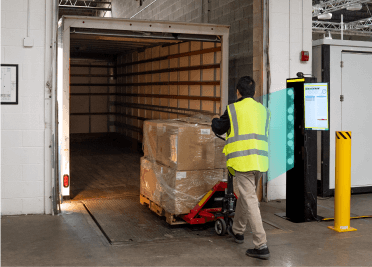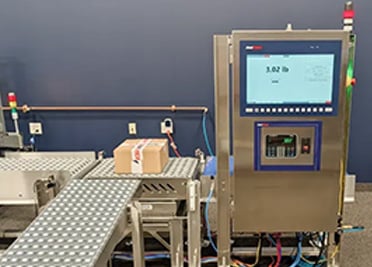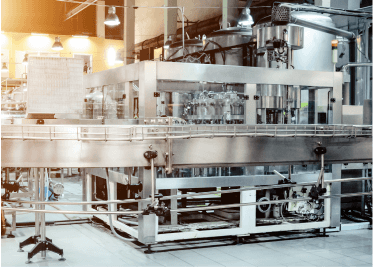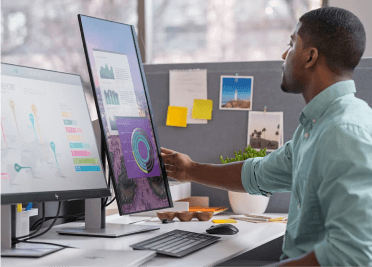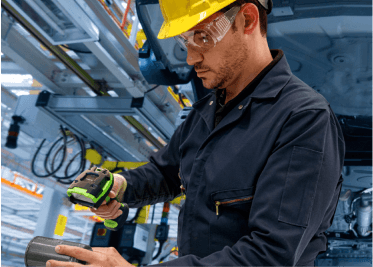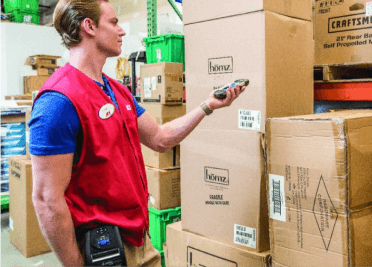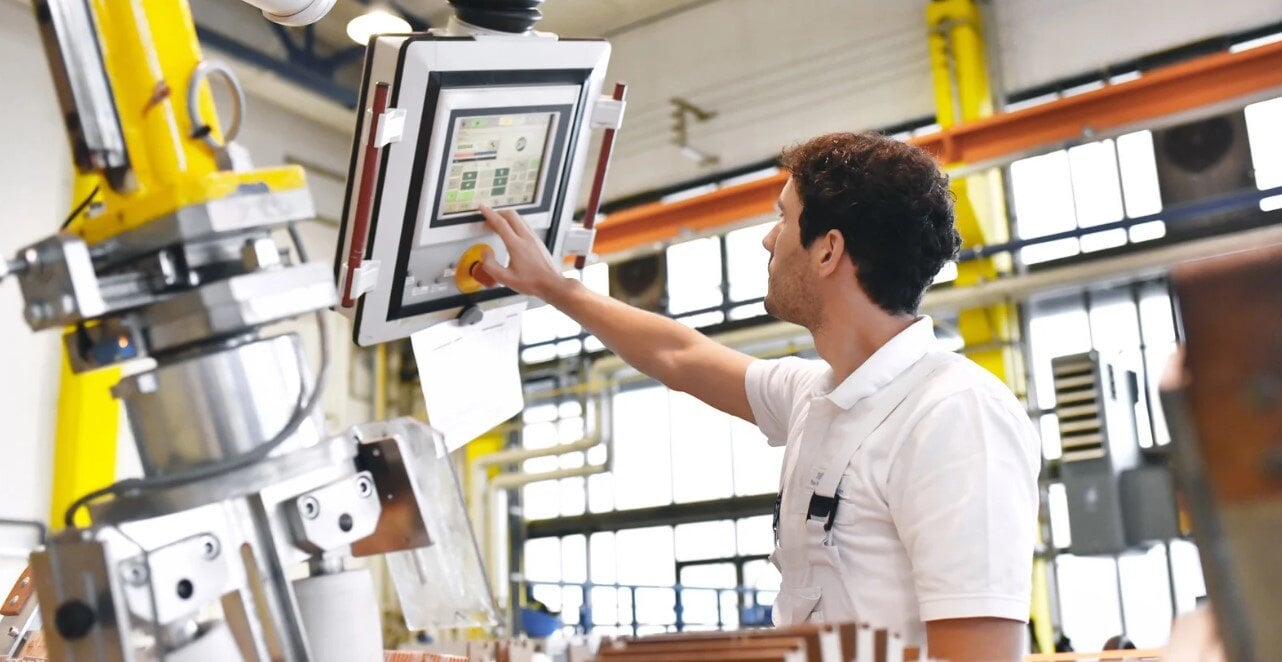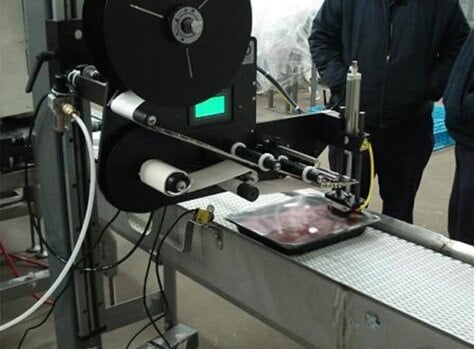🔹 Introduction: Why Vision Systems Alone Aren’t Enough
You installed a machine vision system to improve quality control and defect detection. But something isn’t right.
✅ False rejects are driving up waste.
✅ Your system struggles with material or lighting changes.
✅ Defect detection isn’t consistent across different production lines.
If your vision system isn’t delivering reliable, scalable results, you’re not alone. Many companies assume that off-the-shelf vision systems will work right out of the box—but in reality, they often require expert optimization to function at their best.
🔹 Why Many Vision Systems Underperform
A vision system’s success depends on more than just cameras and software. Without expert tuning, even the most advanced AI models can struggle with real-world variability.
🔴 High False Reject Rates – The system flags good products as defective, increasing waste.
🔴 Missed Defects – Small flaws go undetected, leading to quality issues and recalls.
🔴 Inconsistent Performance Across Facilities – What works in one plant fails in another due to slight differences in materials, lighting, or process speed.
🔴 Lack of Real-Time Optimization – AI vision models degrade over time without continuous monitoring and tuning.
AbeTech’s vision consulting services ensure that your machine vision system doesn’t just capture images—it delivers accurate, scalable, and repeatable results.
🔹 How AbeTech Optimizes Machine Vision Systems
At AbeTech, our vision engineers, AI specialists, and automation experts work together to fine-tune vision systems for maximum accuracy, reliability, and scalability.
✔ AI Model Optimization – Improve accuracy by reducing false positives and training models on real production data.
✔ Advanced Imaging & Lighting Calibration – Adjust vision hardware for consistent performance in changing environments.
✔ Real-Time Integration & Monitoring – Ensure defect detection syncs with ERP, WMS, and MES systems for full traceability.
✔ Multi-Site Standardization – Create a repeatable machine vision framework that works across all facilities.
🔹 Real-World Impact: Improving Defect Detection & Reducing Waste
A manufacturer using a vision-based defect detection system saw false rejects increase by 20% after introducing a new material.
AbeTech’s team:
🔹 Retrained the AI model with updated sample data to handle material variability.
🔹 Recalibrated vision settings to improve contrast and defect visibility.
🔹 Integrated live analytics to enable continuous real-time adjustments.
The result? False reject rates dropped by 30%, waste was reduced, and defect detection accuracy improved.
🔹 Why Vision Optimization Matters for Long-Term Success
Without expert tuning, machine vision systems struggle to maintain accuracy over time. A one-time setup isn’t enough.
✅ Reduces Operational Costs – Fewer false rejects means lower waste and higher efficiency.
✅ Increases Product Quality – Ensures consistent defect detection across production runs.
✅ Optimizes for Future Scalability – AI models that continuously improve as production evolves.
✅ Improves Compliance & Traceability – Seamless integration with ERP, WMS, and quality control workflows.
🔹 Final Call to Action
Your machine vision system should do more than just capture images—it should drive real, measurable results. AbeTech ensures your system is optimized for accuracy, consistency, and long-term scalability.
